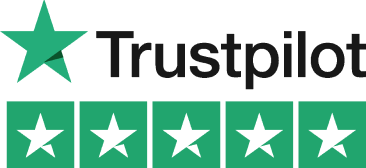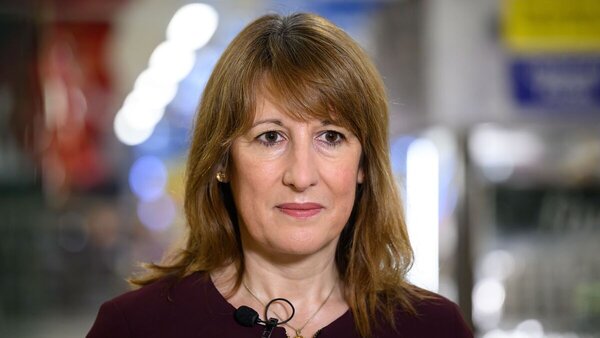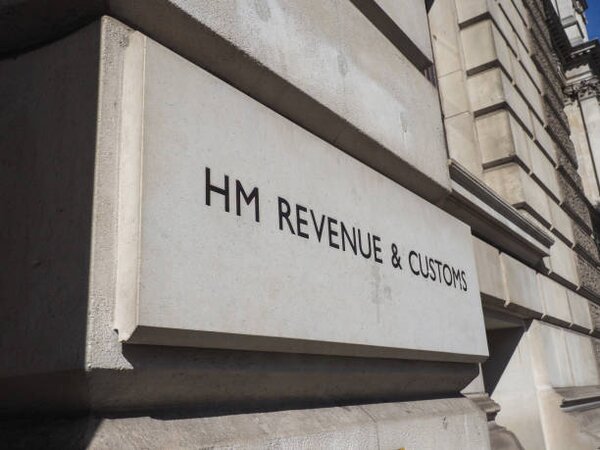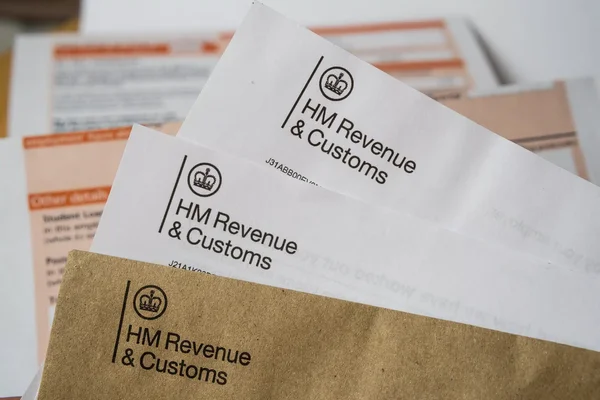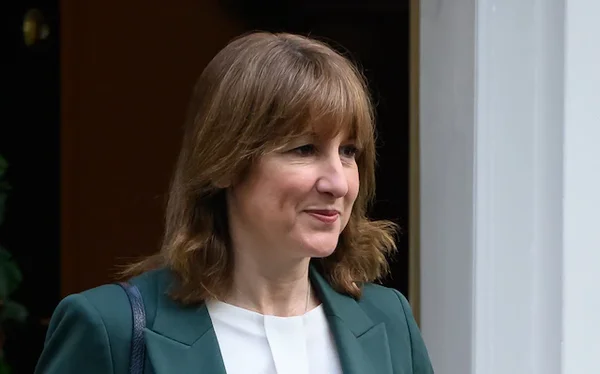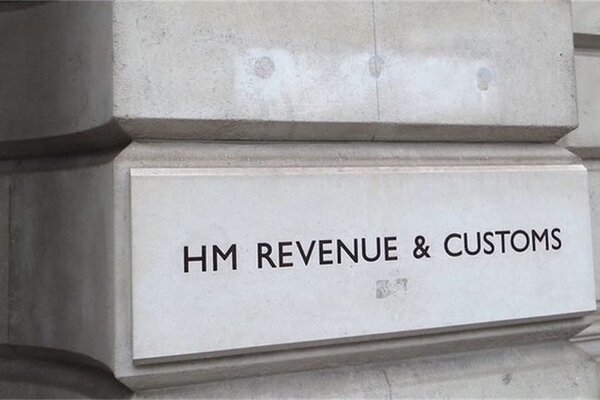Ok, So this is how it goes...
Ever looked at your business finances and wondered, “Am I actually making a profit?”
As a sole trader, keeping track of your business income, expenses, and debts is key, but financial statements can seem confusing.
Unlike limited companies, sole traders don’t have to prepare official balance sheets, but creating one can help you understand your financial health, make better decisions, and even secure funding.
This guide will break down what a company's balance sheet is, why it matters for sole traders, and how to read one with confidence.
Let’s simplify those numbers so you can take control of your business!
What is a Balance Sheet and Why Do Sole Traders Need One?
It’s like a financial selfie of your business at a specific point in time, showing your company's financial position: what you own (assets), what you owe (liabilities), and what’s left over (equity).
Unlike limited companies, sole traders aren’t legally required to prepare one. But trust us, it’s a game-changer for keeping tabs on cash flow, tracking profits, and even securing a loan if you need it.
If numbers and tax stuff make your head spin, don’t worry. Pie Tax has your back! Our free tax app helps you track income, expenses, and financial health so you always know where your business stands. No more guessing, no more tax-time panic.
And here’s the golden rule of balance sheets: Assets = Liabilities + Owner’s Equity. Once you get comfortable with it, making better financial decisions becomes second nature. Plus, it helps you avoid nasty surprises from HMRC when tax season rolls around!

Key Sections of a Sole Trader Balance Sheet
A balance sheet is your business’s financial report card. It tells you what you own (assets), owe (liabilities), and what’s left over (equity). Keeping an eye on these numbers helps you stay in control of cash flow and avoid financial surprises!
1. Assets – What Your Business Owns
Current Assets – Cash in your business bank account, unpaid invoices, and stock ready to sell.
Fixed Assets – Bigger investments like equipment, tools, or property that keep your business running.
Intangible Assets – Things you can’t touch, like patents, goodwill, and trademarks, that add value to your business.
2. Liabilities – What You Owe
Current Liabilities – Bills, unpaid invoices, accounts payable, and tax owed to HMRC (like VAT or National Insurance).
Long-Term Liabilities – Loans or finance agreements that take longer than a year to pay off.
3. Owner’s Equity – What’s Left Over
The value of your business after debts are paid. This includes your initial investment, retained profits, and shareholders’ equity.
Profits go straight into this, so tracking it helps with planning for the future!
Keeping a balance sheet isn’t just about numbers, it’s about knowing where your business stands and where it’s headed!
Making Sense of Your Business Finances
Looking at your balance sheet is a great start, but to truly understand your business finances, you need to dig deeper!
That’s where financial statement analysis comes in. By breaking down your balance sheet, income statement, and cash flow statement, you get a clearer picture of how your business is really doing.
Your income statement shows if you’re making a profit, while your cash flow statement tracks how money moves in and out. Together with your balance sheet, they help you make smarter financial decisions.
Need help keeping track? Pie Tax simplifies income, expenses, and tax deadlines so you can focus on growing your business. Download our free app today and stay in control of your finances!

Financial Ratios to Check Your Business's Financial Health
Want to know if your business is thriving or just surviving? Financial ratios give you a quick health check, helping you spot potential issues before they become a problem.
The Current Ratio tells you if you have enough cash to cover short-term debts. Total assets must equal the sum of total liabilities and shareholders' equity, ensuring your balance sheet accurately reflects your financial position. Divide Current Assets by Current Liabilities, and if the result is over 1, you’re in good shape. If not, it’s time to chase invoices or cut expenses.
The Debt-to-Equity Ratio shows if you’re relying too much on borrowed money. A high ratio means you may be taking on too much debt, while a lower ratio suggests you’re funding your business with your own money, which is more stable long-term.
The Net Profit Margin tells you how much of your revenue actually becomes profit. Divide Net Profit by Revenue, then multiply by 100. A higher percentage means your business is efficient, while a lower one signals high costs or pricing issues.
Keeping an eye on these numbers helps you stay in control and avoid financial surprises!
Why Keeping a Balance Sheet Helps Sole Traders
You might not legally need a balance sheet as a sole trader, but having one can save you a ton of hassle and make managing your business way easier!
Track Growth – Instead of guessing if your business is doing well, you’ll have clear numbers showing whether your assets are growing or if you need to make changes.
Secure Loans – Need a business loan or mortgage? Lenders love a solid balance sheet, it helps prove you’re financially stable and increases your chances of getting approved.
Simplify Tax Returns – Knowing exactly what your company owns and what you owe makes your self-assessment tax return way less stressful (and avoids any nasty surprises from HMRC).
Spot Problems Early – If your debts are creeping up or cash flow is tight, your balance sheet flags the issue early so you can fix it before it gets worse.
Bottom line? A balance sheet isn’t just about numbers, it’s about making smarter financial decisions and keeping your business on the right track!

Common Mistakes Sole Traders Make with Balance Sheets
Even the most experienced business owners slip up when managing their finances. If you’re a sole trader, keeping a balance sheet can help, but only if you avoid these common mistakes!
Mixing personal and business finances – If your business and personal money are in one account, things get messy fast. A separate business account keeps things clear and organised.
Ignoring unpaid invoices – Waiting too long to chase up late payments? That’s a cash flow disaster waiting to happen! Keep track and follow up before things spiral.
Underestimating tax liabilities – HMRC won’t forget about income tax, VAT, and National Insurance, so neither should you! Set money aside throughout the year to avoid last-minute panic.
Not tracking assets properly – Got tools, equipment, or stock? If they’re not on your company's balance sheet, you’re missing key info about your business’s true value.
Avoid these, and your balance sheet will actually work for you, keeping your finances on track. For more guidance, check out HMRC’s official guide on managing business income and tax obligations!
Final Thoughts
Understanding your balance sheet, income statement, and cash flow isn’t just for accountants, it’s the key to running a successful business!
When you know what your business owns, owes, and earns, you can make smarter decisions, avoid cash flow headaches, and plan for growth.
If all this sounds like a lot to keep track of, Pie Tax has your back! Our free tax app makes it easy to manage income, expenses, and tax deadlines, so you’re always in control, without the stress.
Download today and take the guesswork out of managing your business finances!


